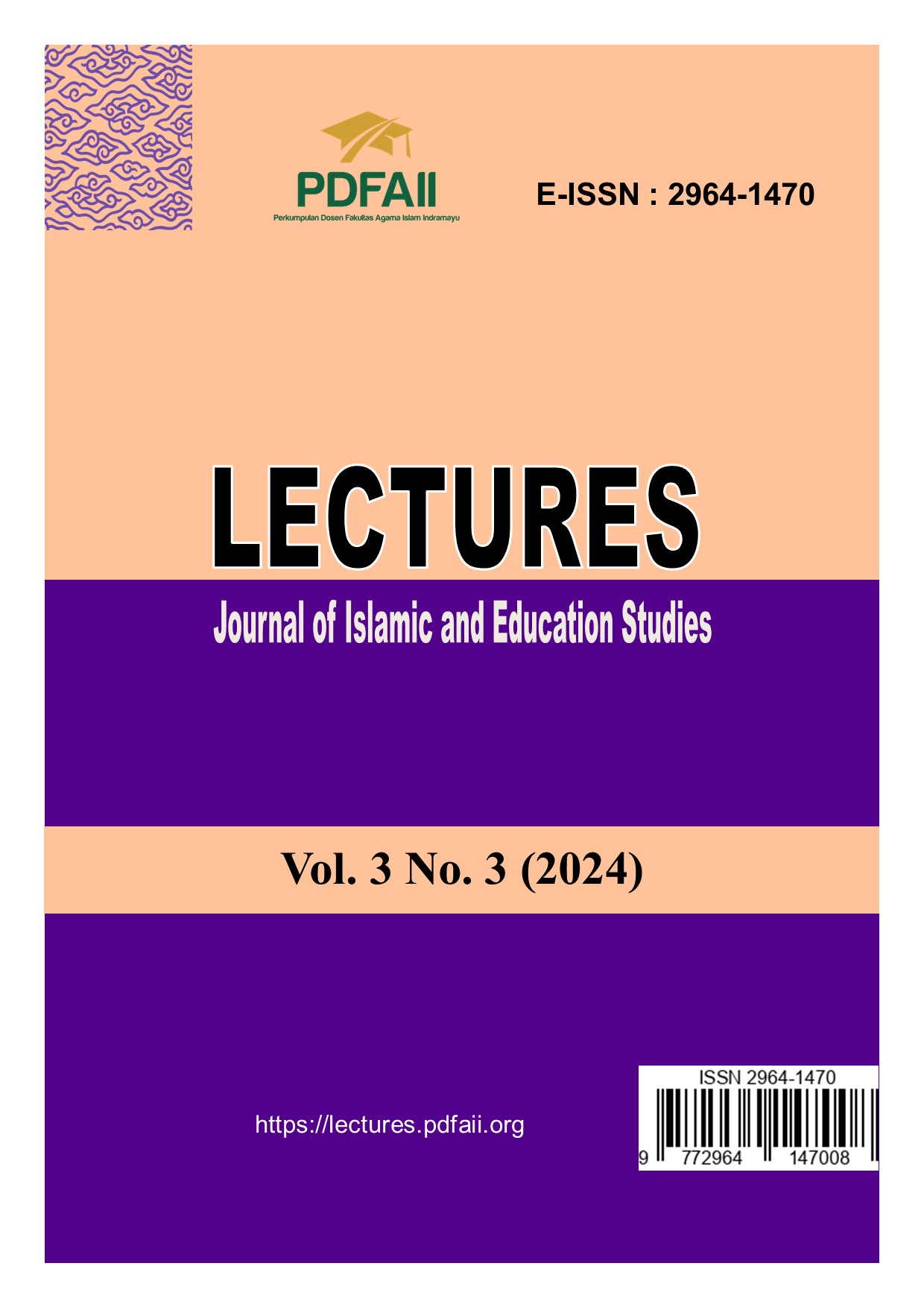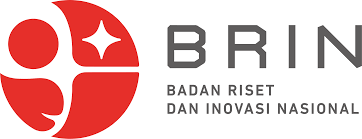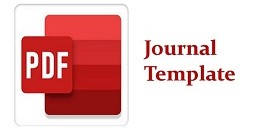The impact of Digital Literacy on ICT Self-efficacy in Islamic Secondary School Teachers in District Kot addu South Pakistan
DOI:
https://doi.org/10.58355/lectures.v3i3.128Keywords:
Digital literacy, ICT self-efficacy, Islamic secondary school teachers, qualitative research, digital tools, teacher training, ducation technology, professional developmentAbstract
Digital literacy is the skill of using digital technologies in order to find, assess and produce relevant information and products. ICT self-efficacy refers to self-confidence in instructional use of Information and Communication Technology tools.This paper focuses on effects of Digital Literacy on ICT self-efficacy of teachers in Islamic secondary schools in District Kot Addu South Pakistan. Hence, probing into how digital literacy affects teacher’s self efficacy when using ICT in teaching becomes relevant given rising push on adoption of technology in learning. The results are expected to contribute to the body of knowledge regarding professional development needed to support appropriate incorporation of technology into teaching practices.It seeks to alert professional development providers on the potential of impacting teacher confidence and competence on using technological tools in instruction. This paper presents a qualitative investigation concerned with the effects of digital literacy on ICT self-efficacies of teachers in the Islamic secondary schools in District Kot Addu, South Pakistan. The research sought to establish the present level of use of, and confidence in use of, information communication technology among teachers; personal computer/Internet literacy skills; and correlation between these skills and attitude towards the use of ICT in teaching. In this study, data was collected through use of semi structured interviews and focus group discussions with fifteen teachers from five Islamic secondary schools. Finally, through analyzing themes identified in the cross-case analysis, it was shown that although most teachers adopted digital literacy and were comfortable with technological tools, they lacked adequate knowledge on how to incorporate digital technologies with higher complexity into their teaching practice. In addition, the study showed that the profile of digital literacy influenced ICT self efficacy, the need to address with immediacy and desire the continuing professional learning to improve on it. The study has therefore called for enhanced training that not only increases computer literacy skills but also the level of self-confidence in the use of ICT in teaching to enhance teaching practices in era of technology.The professional development programs should then focus on developing the skills that would increase ICT self efficacy among teachers so as to increase the level of self confidence in integration of technology in teaching and learning practices.
Downloads
References
Al-Azawei, A., Parslow, P., & Lundqvist, K. (2020). The impact of digital literacy on student learning: A systematic review. Computers & Education, 148, 103798.
Hague, C., & Payton, S. (2010). Digital literacy across the curriculum. Futurelab. Retrieved from [insert URL]
Qureshi, M. A., & Akram, M. (2021). Barriers to the integration of digital technology in rural schools of Pakistan. Educational Technology Research and Development, 69(3), 829-844.
Ribble, M. (2015). Digital citizenship in schools: Nine elements all students should know. International Society for Technology in Education.
Torkzadeh, G., & Koufteros, X. (2000). Extending the concept of self-efficacy to the web environment. Computers in Human Behavior, 16(2), 139-151.
Zhang, D., Zhao, J. L., Zhou, L., & Nunamaker, J. F. (2010). Can e-learning replace classroom learning? Communications of the ACM, 53(12), 122-131.
Al-Azawei, A., Parslow, P., & Lundqvist, K. (2020). The impact of digital literacy on student learning: A systematic review. Computers & Education, 148, 103798.
Bandura, A. (1997). Self-efficacy: The exercise of control. W.H. Freeman and Company.
Ertmer, P. A. (1999). Addressing first-and second-order barriers to change: Strategies for technology integration. Educational Technology Research and Development, 47(4), 47-61.
Gunter, G. A., Gunter, R. E., & Ceglie, R. J. (2012). Technology in the classroom. Cengage Learning.
Hague, C., & Payton, S. (2010). Digital literacy across the curriculum. Futurelab. Retrieved from [insert URL].
Khan, M. S., Khalid, M., & Shafique, F. (2019). Integrating technology in Islamic education: Challenges and prospects. International Journal of Educational Technology, 6(1), 12-20.
Qureshi, M. A., & Akram, M. (2021). Barriers to the integration of digital technology in rural schools of Pakistan. Educational Technology Research and Development, 69(3), 829-844.
Ribble, M. (2015). Digital citizenship in schools: Nine elements all students should know. International Society for Technology in Education.
Torkzadeh, G., & Koufteros, X. (2000). Extending the concept of self-efficacy to the web environment. Computers in Human Behavior, 16(2), 139-151.
Zhang, D., Zhao, J. L., Zhou, L., & Nunamaker, J. F. (2010). Can e-learning replace classroom learning? Communications of the ACM, 53(12), 122-131.
Al-Azawei, A., Parslow, P., & Lundqvist, K. (2020). The impact of digital literacy on student learning: A systematic review. Computers & Education, 148, 103798.
Bandura, A. (1997). Self-efficacy: The exercise of control. W.H. Freeman and Company.
Ertmer, P. A. (1999). Addressing first-and second-order barriers to change: Strategies for technology integration. Educational Technology Research and Development, 47(4), 47-61.
Gunter, G. A., Gunter, R. E., & Ceglie, R. J. (2012). Technology in the classroom. Cengage Learning.
Hague, C., & Payton, S. (2010). Digital literacy across the curriculum. Futurelab. Retrieved from [insert URL].
Khan, M. S., Khalid, M., & Shafique, F. (2019). Integrating technology in Islamic education: Challenges and prospects. International Journal of Educational Technology, 6(1), 12-20.
Qureshi, M. A., & Akram, M. (2021). Barriers to the integration of digital technology in rural schools of Pakistan. Educational Technology Research and Development, 69(3), 829-844.
Ribble, M. (2015). Digital citizenship in schools: Nine elements all students should know. International Society for Technology in Education.
Torkzadeh, G., & Koufteros, X. (2000). Extending the concept of self-efficacy to the web environment. Computers in Human Behavior, 16(2), 139-151.
Zhang, D., Zhao, J. L., Zhou, L., & Nunamaker, J. F. (2010). Can e-learning replace classroom learning? Communications of the ACM, 53(12), 122-131.
Al-Azawei, A., Parslow, P., & Lundqvist, K. (2020). The impact of digital literacy on student learning: A systematic review. Computers & Education, 148, 103798. https://doi.org/10.1016/j.compedu.2019.103798
Ertmer, P. A. (1999). Addressing first-and second-order barriers to change: Strategies for technology integration. Educational Technology Research and Development, 47(4), 47-61. https://doi.org/10.1007/BF02299597
Gunter, G. A., Gunter, R. E., & Ceglie, R. J. (2012). Technology in the Classroom. Cengage Learning.
Hague, C., & Payton, S. (2010). Digital literacy across the curriculum. Futurelab. Retrieved from http://www.futurelab.org.uk/resources/documents/lit_reviews/Digital_Literacy_Review.pdf
Khan, M. S., Khalid, M., & Shafique, F. (2019). Integrating technology in Islamic education: Challenges and prospects. International Journal of Educational Technology, 6(1), 12-20. https://doi.org/10.46268/ijetech.v6i1.35
Qureshi, M. A., & Akram, M. (2021). Barriers to the integration of digital technology in rural schools of Pakistan. Educational Technology Research and Development, 69(3), 829-844. https://doi.org/10.1007/s11423-021-09911-0
Ribble, M. (2015). Digital citizenship in schools: Nine elements all students should know. International Society for Technology in Education.
Torkzadeh, G., & Koufteros, X. (2000). Extending the concept of self-efficacy to the web environment. Computers in Human Behavior, 16(2), 139-151. https://doi.org/10.1016/S0747-5632(99)00042-4
Zhang, D., Zhao, J. L., Zhou, L., & Nunamaker, J. F. (2010). Can e-learning replace classroom learning? Communications of the ACM, 53(12), 122-131. https://doi.org/10.1145/1859204.1859225
Downloads
Published
How to Cite
Issue
Section
License
Copyright (c) 2024 Muhammad Kashif Majeed Majeed, Tunku Badariah Binti Tunku Ahmad

This work is licensed under a Creative Commons Attribution 4.0 International License.











